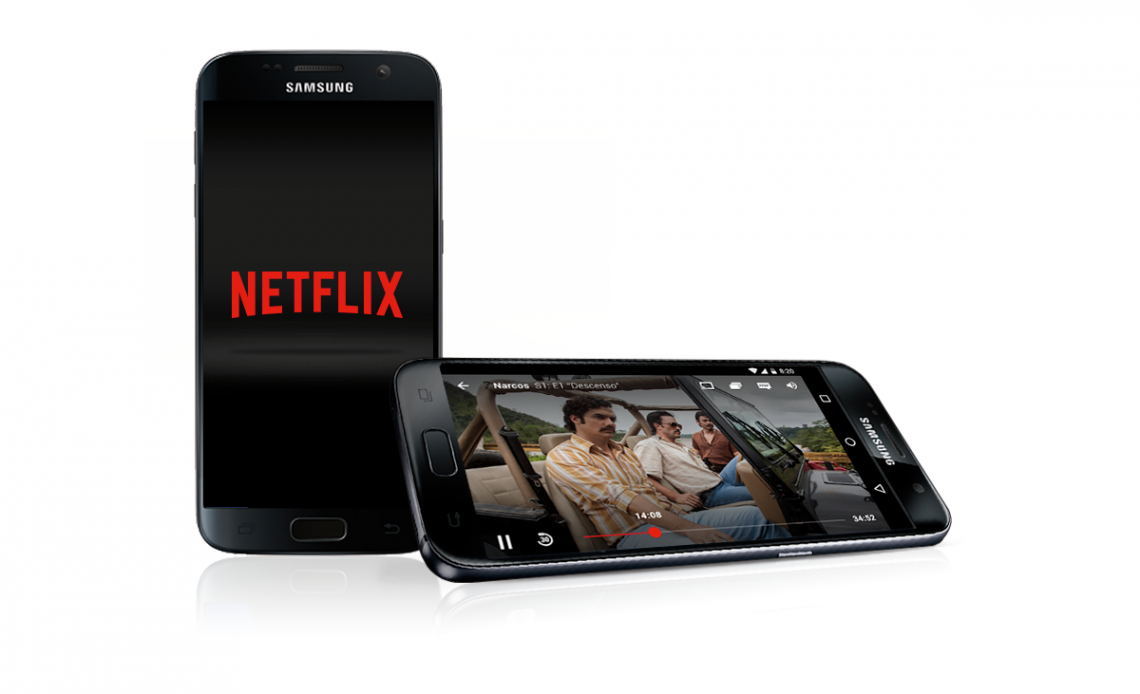
Watching content on Android shouldn’t be consuming much data as you would while streaming content from your PC or TV. That’s what the new Netflix feature for Android is all about.
Netflix has started rolling out a new video codec – AV1 – which consumes less amount of data than the current VP9 codec.
The AVI codec is a big step in the streaming industry, notably on the consumer side. The new codec – released two years ago – saves up to 30 percent of the data used to stream 4K HDR video, and also compresses videos 20 percent more efficiently than the current standard, according to the company.
At first, the new video codec will be available for “select titles.” Netflix users on Android can now be able to stream movies and TV Shows that support the new standard by enabling the “Save Data” option under “App Settings.”
The company, however, plans to avail the new data-saving video codec to all the platforms it currently supports, including Streaming Media Players, Smart TVs, Gaming Consoles, Set-top Boxes, PCs & Laptops, etc.
Plus, Netflix says they are also working with device and chipset manufacturers to expand compatibility. This brings up to the problems associated with the new format – hardware compatibility. Streaming content in AV1 codec will thus result in more power consumption, as Engadget explains, and it might be something you should be wary of.
YouTube has two modes available, but switching to AV1 “requires a powerful computer,” for any content above 480p.

